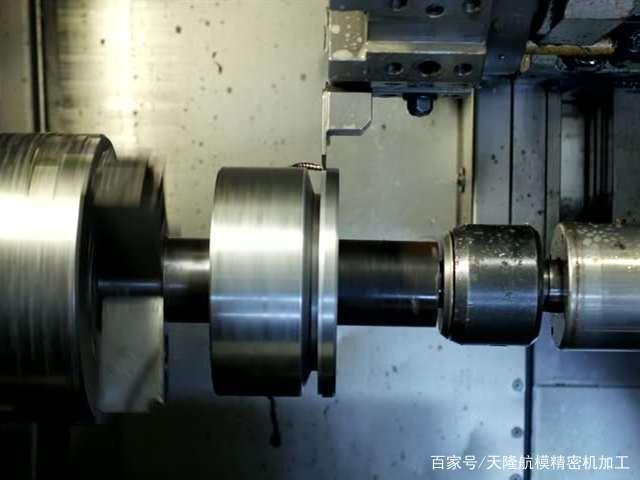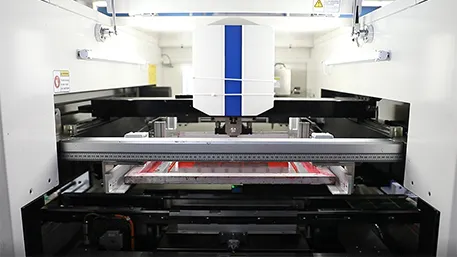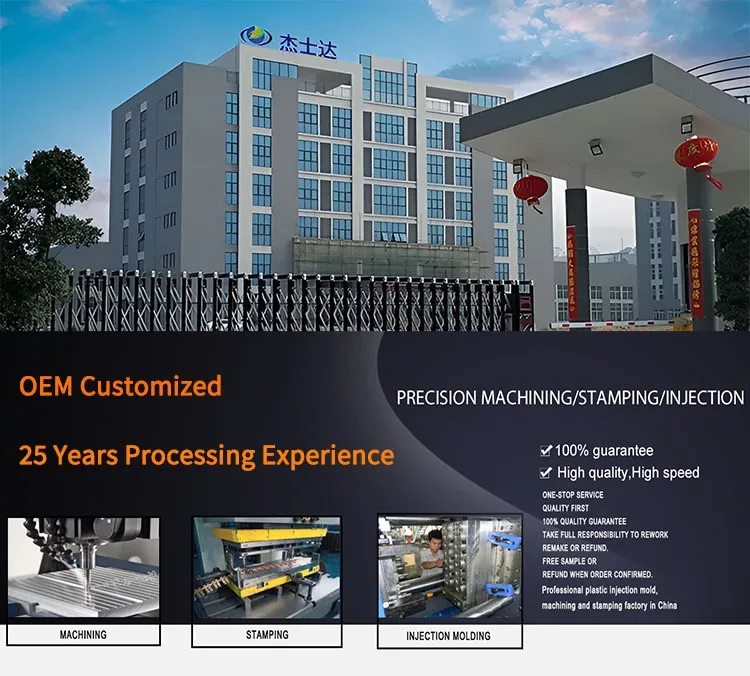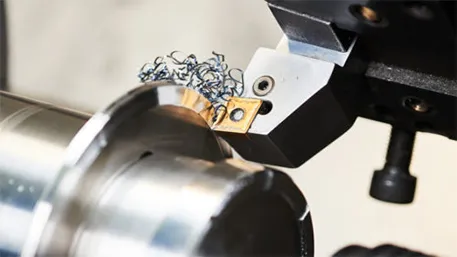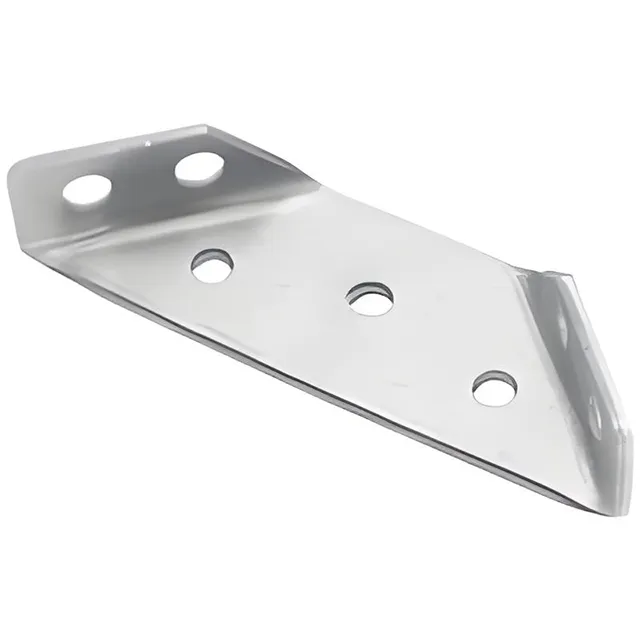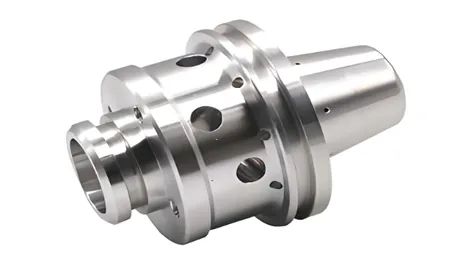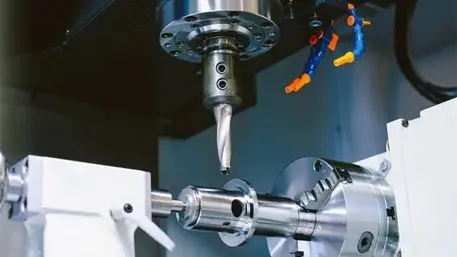The most common CNC control system in manufacturing is Fanuc CNC. Developed by the Japanese company Fanuc Corporation, it dominates the global market, powering an estimated 60–70% of CNC machines—from entry-level mills and lathes to advanced 5-axis machining centers and robotics-integrated systems.
What makes Fanuc CNC so widely used?
Fanuc’s popularity stems from its balance of reliability, versatility, and user-friendliness:
- Robust performance:
-
- It operates consistently in harsh industrial environments (high temperatures, vibration, dust), minimizing downtime—a critical factor for high-volume production lines.
-
- Advanced algorithms ensure smooth axis movement and precise positioning, even at high speeds, making it suitable for tight-tolerance applications (e.g., aerospace parts with ±0.0005 inch tolerances).
- Compatibility:
-
- Fanuc controls work with nearly all types of CNC machines: mills, lathes, grinders, routers, and even laser cutters. This universal compatibility simplifies training and integration in shops with mixed equipment.
-
- It supports standard G-code and M-code programming, ensuring seamless collaboration between designers, programmers, and operators across industries.
- Ease of use:
-
- The interface features intuitive touchscreens, customizable menus, and step-by-step guides, reducing the learning curve for new operators.
-
- Built-in diagnostic tools (e.g., error code displays, real-time performance monitoring) make troubleshooting faster, minimizing production delays.
- Scalability:
-
- Fanuc offers controls for every need: entry-level models (e.g., 0i series) for small shops, mid-range systems (e.g., 30i/31i) for complex machining, and high-end solutions (e.g., 50i/51i) for 5-axis or multi-spindle machines.
-
- This scalability allows manufacturers to upgrade gradually as their needs grow, without overhauling their entire setup.
What are other common CNC controls?
While Fanuc leads, other systems are widely used in specific niches:
- Siemens CNC: Popular in European manufacturing, Siemens controls (e.g., Sinumerik 828D, 840D) excel in high-precision applications like medical device machining. They offer advanced features for 5-axis machining and IoT integration (e.g., remote monitoring via cloud platforms).
- Mazak Matrix: Built by the machine tool manufacturer Mazak, these controls are optimized for Mazak machines, offering seamless hardware-software integration. They’re favored for their user-friendly programming and fast cycle times in automotive production.
- Haas CNC: A cost-effective option for small to mid-sized shops, Haas controls (e.g., Haas Next Generation Control) are known for simplicity and ruggedness. They’re widely used in job shops and educational settings due to their affordability and ease of maintenance.
- Heidenhain: Renowned for ultra-precision, Heidenhain controls (e.g., TNC 640) are common in aerospace and mold-making, where sub-micron accuracy is critical. They specialize in complex 3D machining and adaptive control (adjusting parameters in real time to optimize cuts).
How do industries choose between CNC controls?
- Mass production (automotive): Fanuc or Mazak controls are preferred for their speed, reliability, and ease of integration into automated lines.
- High-precision (aerospace, medical): Siemens or Heidenhain systems dominate, thanks to their advanced motion control and tolerance capabilities.
- Cost-sensitive shops: Haas or entry-level Fanuc models offer a balance of performance and affordability.
- Regional preferences: European manufacturers often lean toward Siemens, while Asian and North American shops favor Fanuc.
Why does Fanuc remain the most common?
Fanuc’s long-standing market presence, global service network, and continuous innovation (e.g., AI-driven predictive maintenance in newer models) solidify its position. Its controls are also backward-compatible, meaning older machines can be retrofitted with newer Fanuc systems—reducing the cost of upgrading for established shops.
Conclusion
Fanuc CNC is the most common control system, valued for its reliability, compatibility, and scalability across nearly all machining applications. While competitors like Siemens and Haas excel in specific areas, Fanuc’s universal appeal and proven performance make it the go-to choice for manufacturers worldwide. For most shops, Fanuc offers the ideal blend of functionality, ease of use, and support to meet diverse production needs.
